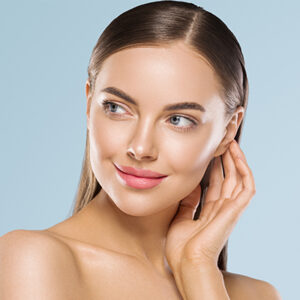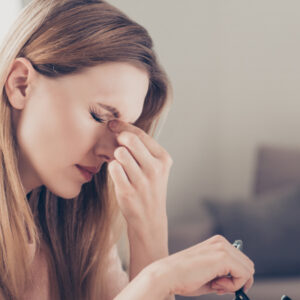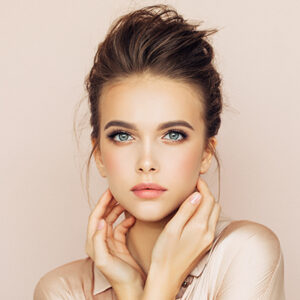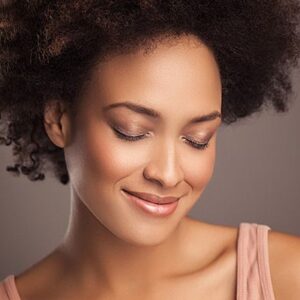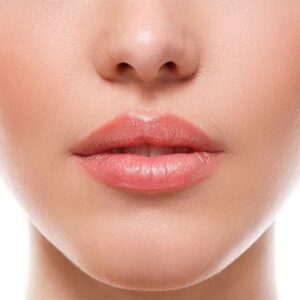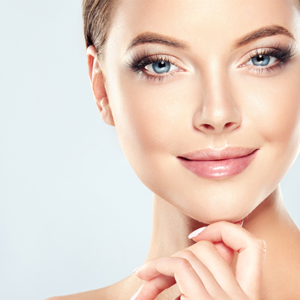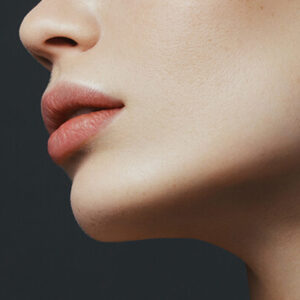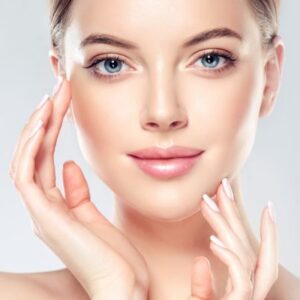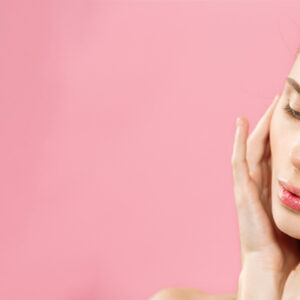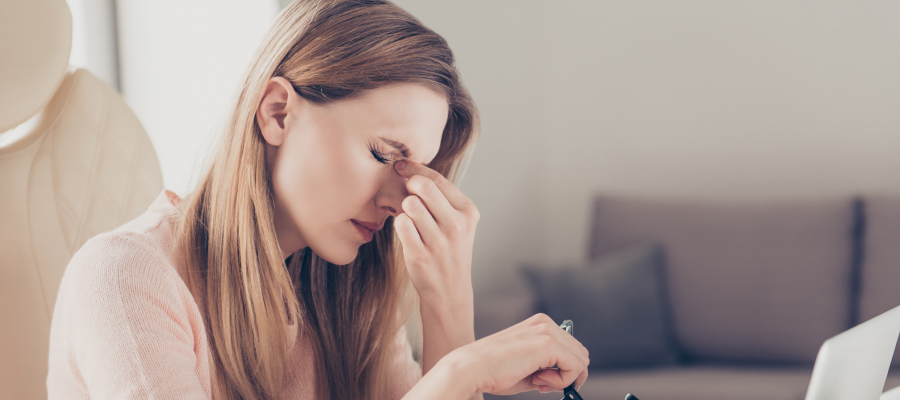
Migraine, one of the health problems that reduces the quality of life of the person, can be alleviated with botox applications today. Thanks to migraine botox, which is one of the most common applications both in the international arena and in our country in recent years, many women and men can lead a healthier and happier life today.
Migraine botox is a very comfortable application that stands out in migraine treatment methods. Botulinum toxin, or botox, produced by Clostridium Botulinum bacteria was first used for aesthetic purposes. Then, when people who had botox application stated that this application was good for their headaches, botox was developed on migraine and became the form used in the treatment of migraine today.
Migraine botox is an application that has been used for the treatment of migraine attacks for a long time, and its effectiveness has been proven by various studies.
What is Migraine Botox?
Botox is an application that only affects the area where it is applied and paralyzes the nerve endings in the area where it is injected, thereby preventing the effects of components that play a role in pain transmission.
Migraine botox is applied by injecting the temple, forehead, certain muscles in the neck and back of the head that cause migraine.
Migraine botox is injected into these areas to prevent pain. Migraine botox is an application approved by the FDA, the American Drug Administration, so its reliability has been proven. This application is not an application applied to all migraine patients and some conditions are sought for the application.
The purpose of migraine botox is to prevent the active contraction of these clusters by preventing nerve conduction in the muscle clusters that initiate migraine attacks, and thus to prevent migraine from being triggered.
The number of migraine attacks, their severity and the severity of the disease are important in migraine botox and treatment success. This application, which is effective in some people in a single session, can be applied in more than one session to people who experience severe migraine attacks.
How is Migraine Botox done?
Migraine botox is an application that must be done by specialist doctors. Migraine botox is a procedure performed with special fine-tipped needles, as in other botox applications.
Before the application, the areas to be injected are anesthetized with anesthetic creams so that the patient does not feel pain and pain. This application is applied to the temple, forehead, certain muscles in the neck and the back of the head caused by migraine pain. The mechanism of action of migraine botox is based on preventing the effects of factors that play a role in pain transmission by affecting the nerve endings in the area where it is injected.
More botox is injected into the migraine points in patients with migraine pain. Migraine botox is a simple application that takes 20-30 minutes on average.
The effect of migraine botox application starts to show itself on the third day after the application.
The full manifestation of the effect is 10-14 days after the application. finds the day The extent of the effect varies according to the person and the disease. The effect of this application lasts for 4-6 months on average. In order for the effect to continue, the application must be renewed after this period.
Who are suitable candidates for Migraine Botox ?
Migraine botox is a botox application applied to people with migraine, for the treatment of this disease. Nausea accompanying the headache, hypersensitivity to light and sound, and the negative effects of the headache on daily life are the symptoms of migraine.
Although migraine botox is applied to patients with migraine, it is not a form of treatment that can be applied to every patient.
In order for migraine botox to be applied, the patient must have an average of two or more migraine attacks per month or have a headache for more than ten days. It is important that migraine attacks last for a long time.
Who is not treated with Migraine Botox?
Migraine botox; pregnant women and mothers during breastfeeding, people with muscle disease such as myasthenia gravis, people who are allergic to botox, people with skin cancer, people with active infection in the application area, those who use blood thinners such as aspirin, those who use aminoglycoside group drugs and simple painkillers. It is not applied to people who have passed and whose migraine attacks do not recur on a weekly basis.
However, since botox applications are procedures involving injection, there is an age limit of 18 in migraine botox, as in many non-surgical aesthetic applications. Migraine botox is not applied to people who have not completed the age of 18 and have not yet completed their developmental age.
Migraine Botox can be combined with which applications?
Migraine botox can be performed in combination with other non-surgical aesthetic applications because it is a non-surgical aesthetic application, does not require a healing process, and is practical.
At the beginning of the non-surgical aesthetic applications performed together with migraine botox are applications performed with filler, botox, mesotherapy, laser and sound waves.
The wishes of the person who has the application and the planning of the doctor will decide which application will be performed in combination. Therefore, before migraine botox, all requests and complaints should be shared with the doctor and a treatment plan should be made accordingly.
Frequently asked questions about Migraine Botox
What is the age limit for Migraine Botox?
Migraine botox should be applied to people over the age of 18 who have completed muscle development. It should not be done because it has not completed the age of development before the age of 18. Since migraine botox is an application for health, it is applied to people who experience migraine attacks frequently, with the decision of a doctor.
Is Migraine Botox a painful application?
In migraine botox, a slight discomfort may be seen, as with minimal injections. Before the application, the procedure areas are anesthetized with anesthetic creams to minimize the person’s feeling of pain and suffering.
Since anesthetic creams are used before the procedure, it is possible to say that this application is almost painless and painless when it comes to migraine botox.
When to return to social life after Migraine Botox?
After migraine botox, the patient can return to his social life on the same day. In order to return to business life, one day should be waited after the application. 7-10 days after application. On the same day, the doctor calls the patient for a control session and obtains information by asking the patient about pain intensity and frequency of attacks.
The information given by the patient is recorded and it is determined whether a new dose is required or not. If it is decided to make a new dose, the treatment plan is formed.
In the first two days after migraine botox, blood thinners should not be used, herbal teas, beverages containing caffeine, excessively hot drinks, alcohol and tobacco should not be consumed, omega 3 and vitamin E supplements should be used under doctor’s control, environments such as sauna, Turkish bath and solarium should be avoided, in extremely hot water. should not take a shower, stay in the sun for a long time, heavy exercises and lifting heavy objects should be avoided.
Migraine attacks are a health problem that reduces the quality of life of the person, complicates his social life and causes problems in his daily life. Today, when it comes to migraine treatment, many different treatments are applied, but among these treatments, migraine botox is the most popular treatment method due to both the comfort and effectiveness it provides. Migraine attacks are minimized and people’s quality of life is increased with migraine botox, which is performed by a specialist doctor who is competent in his field. Thanks to the reduced migraine attacks, people become more peaceful and successful both in their social and business lives. Migraine botox application is an effective treatment option that affects people not only physically but also psychologically, thanks to the comfort it provides.
